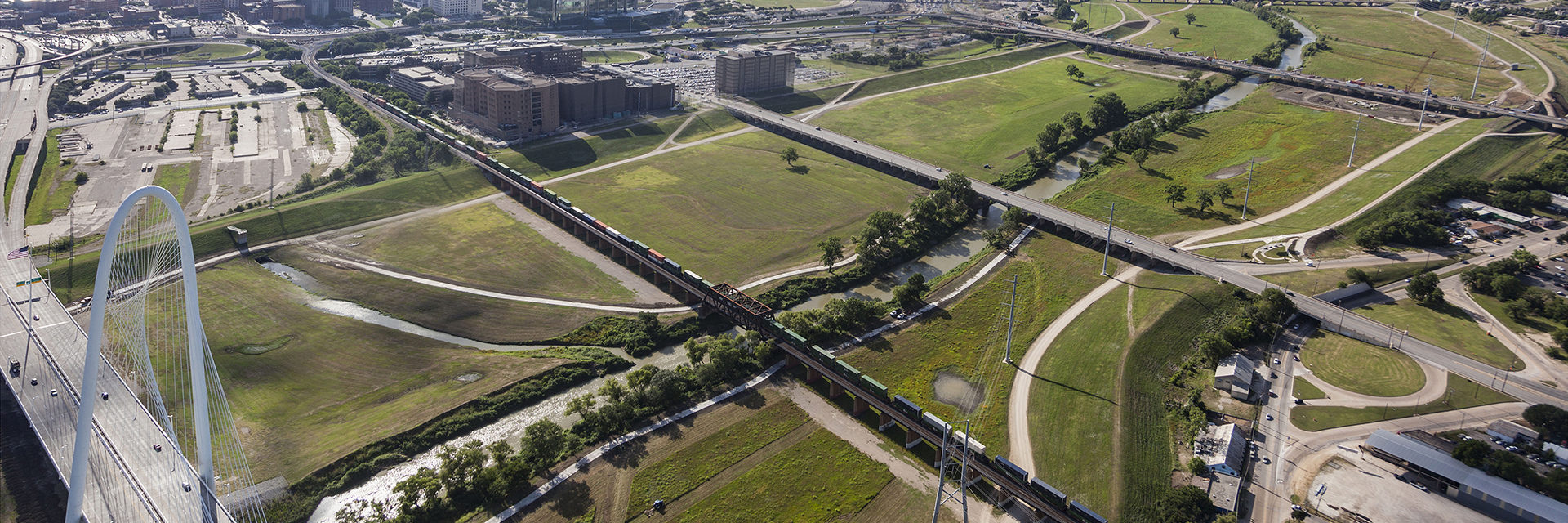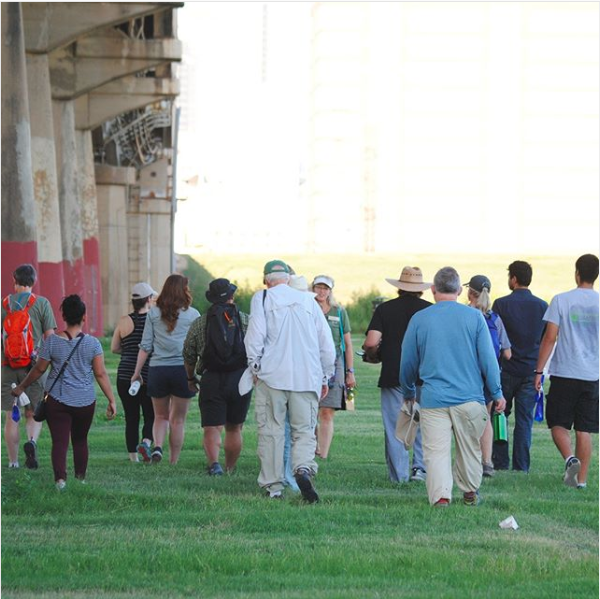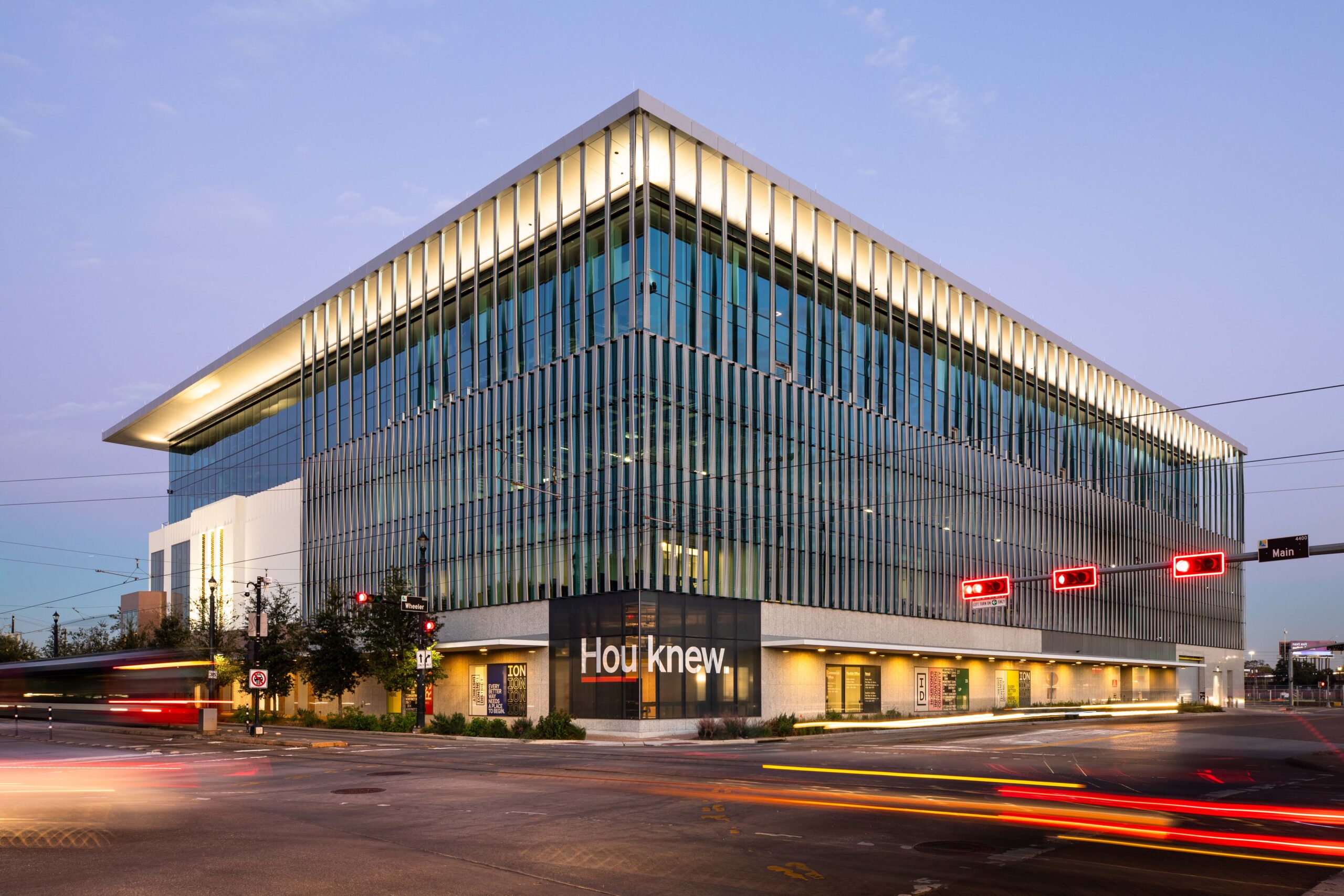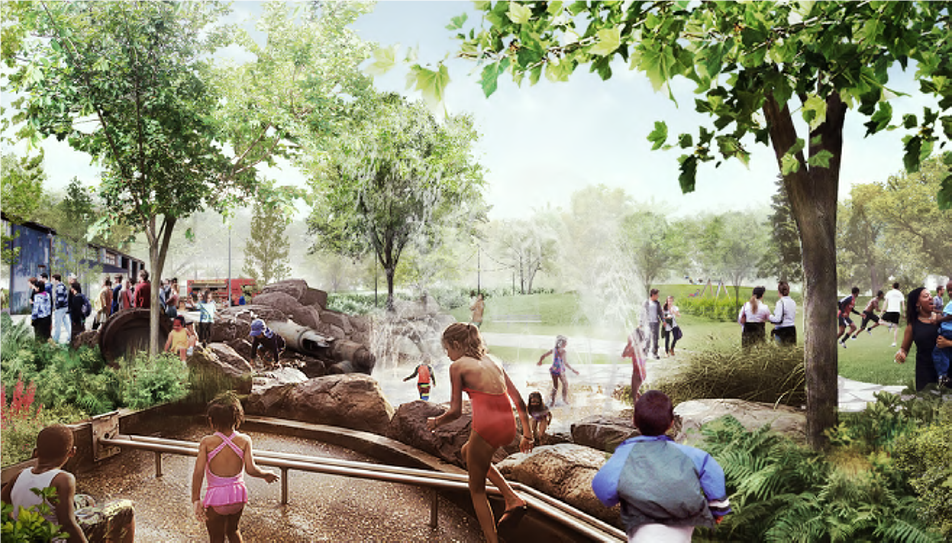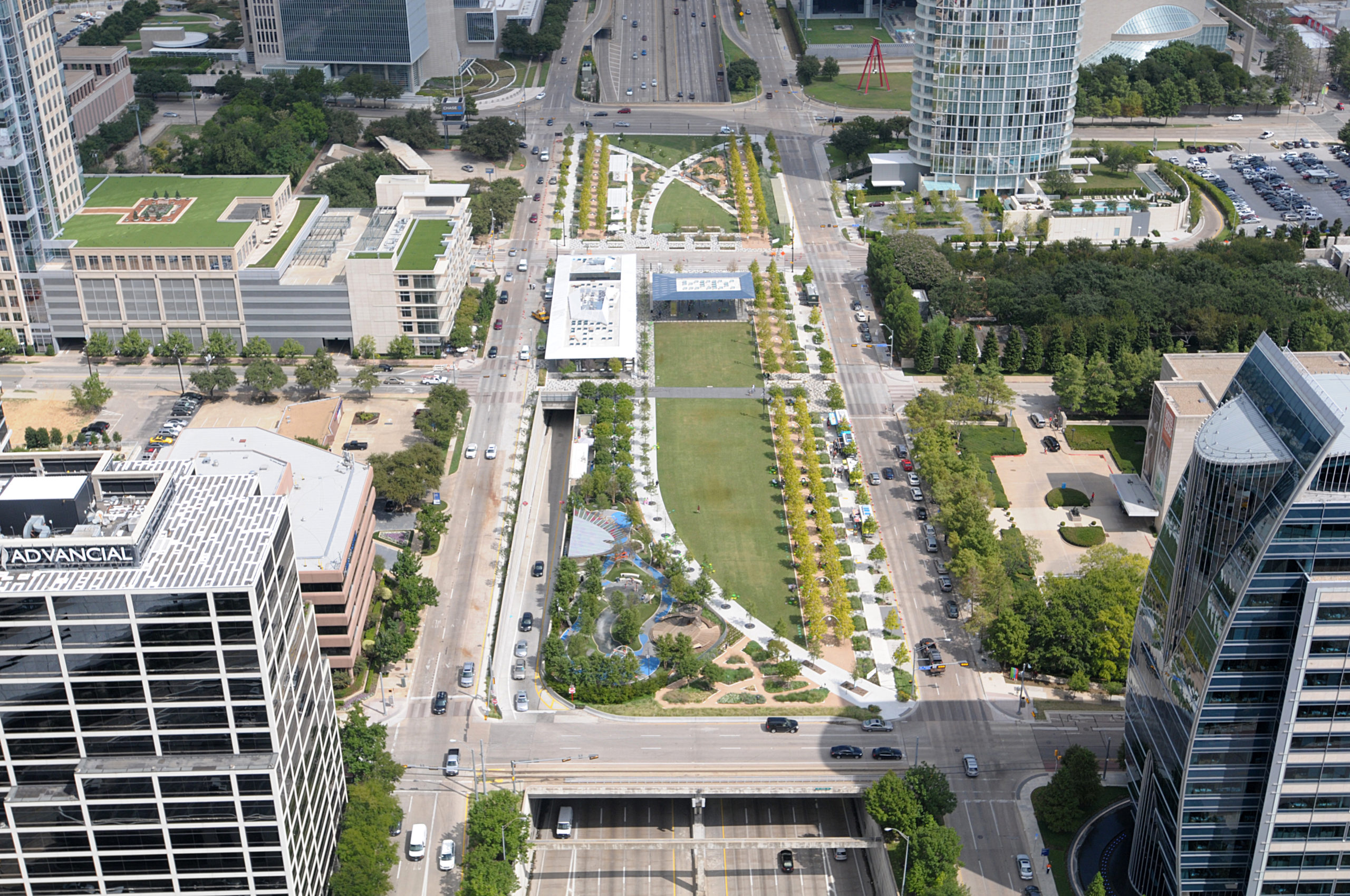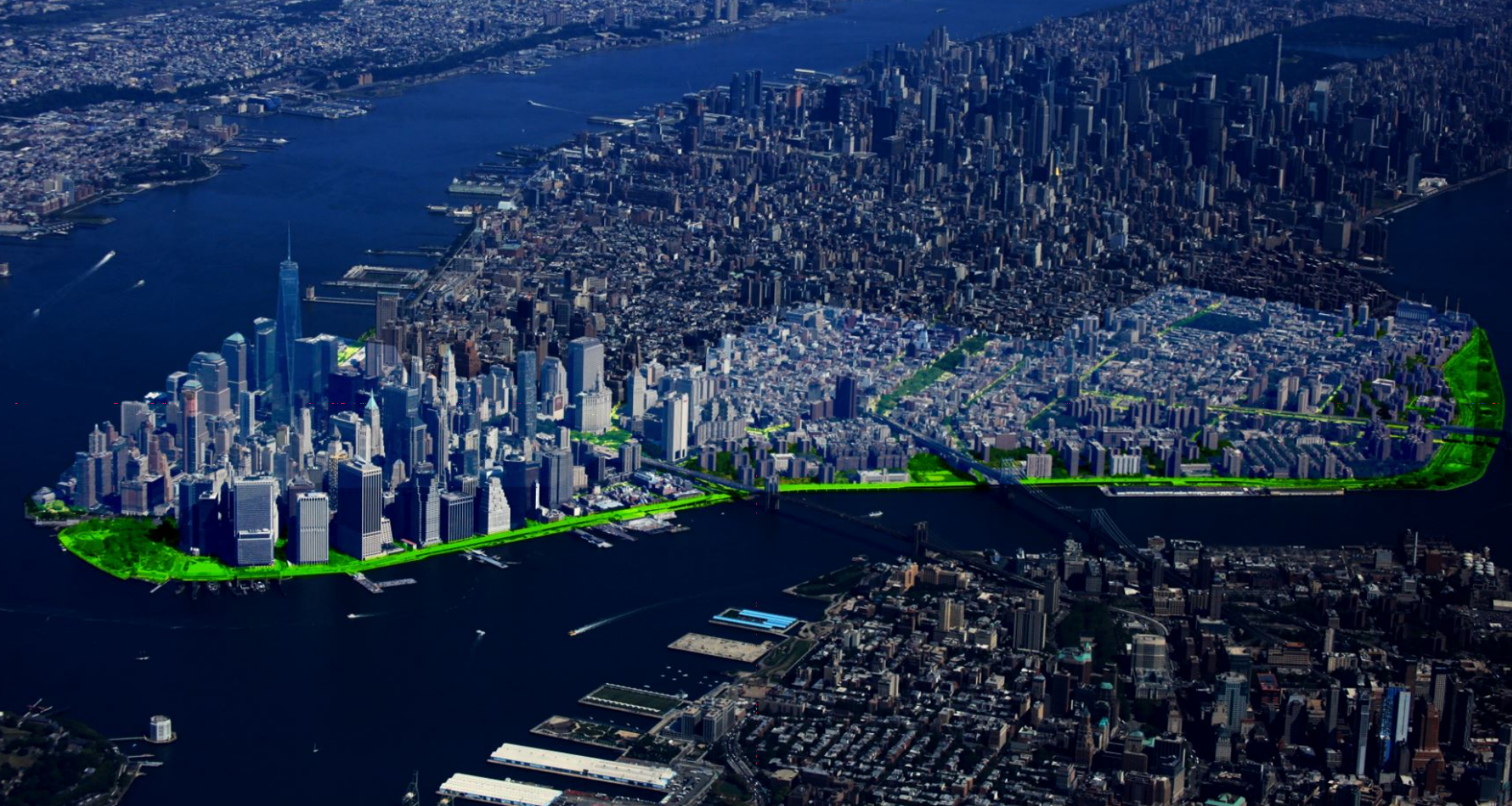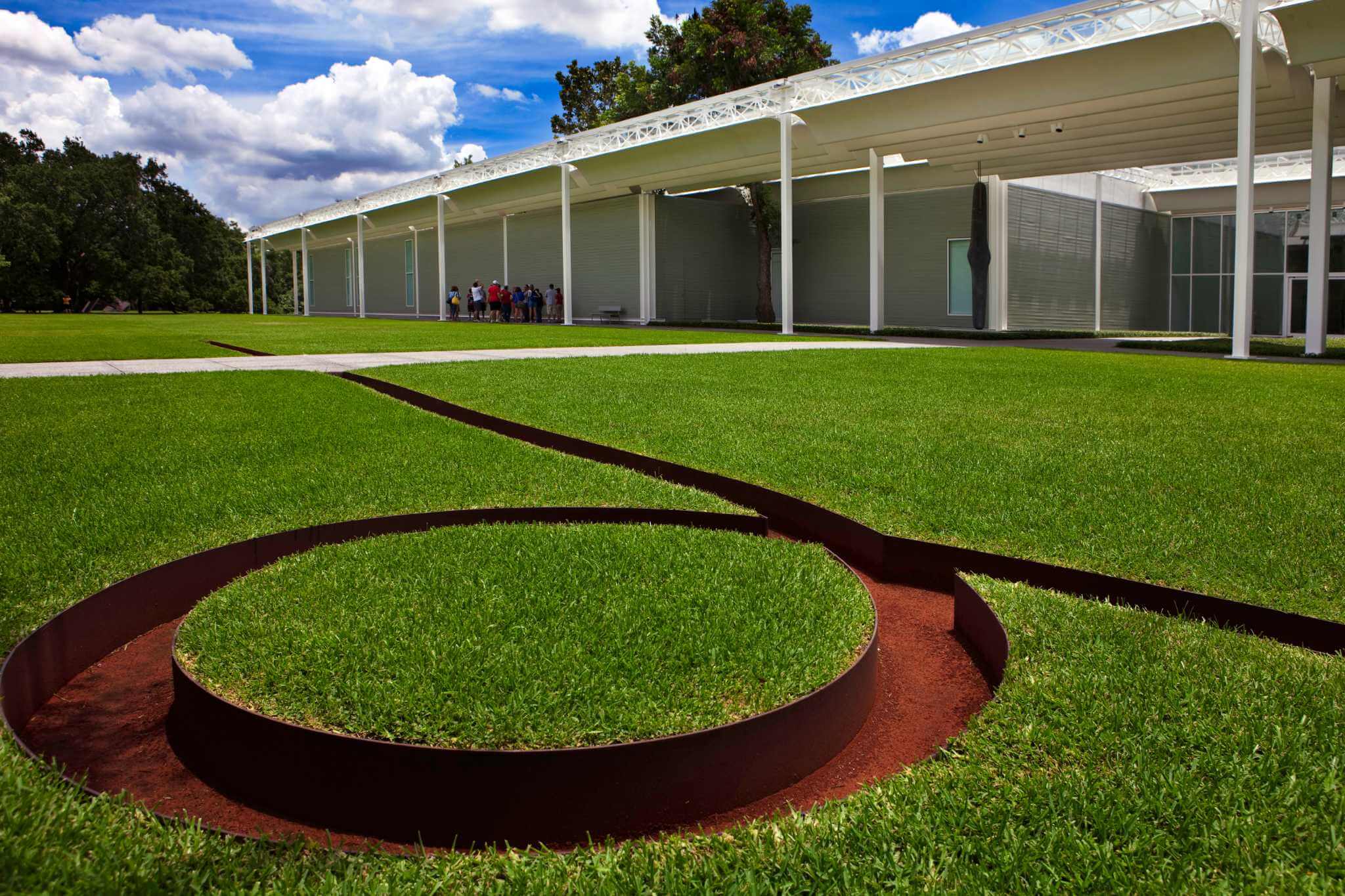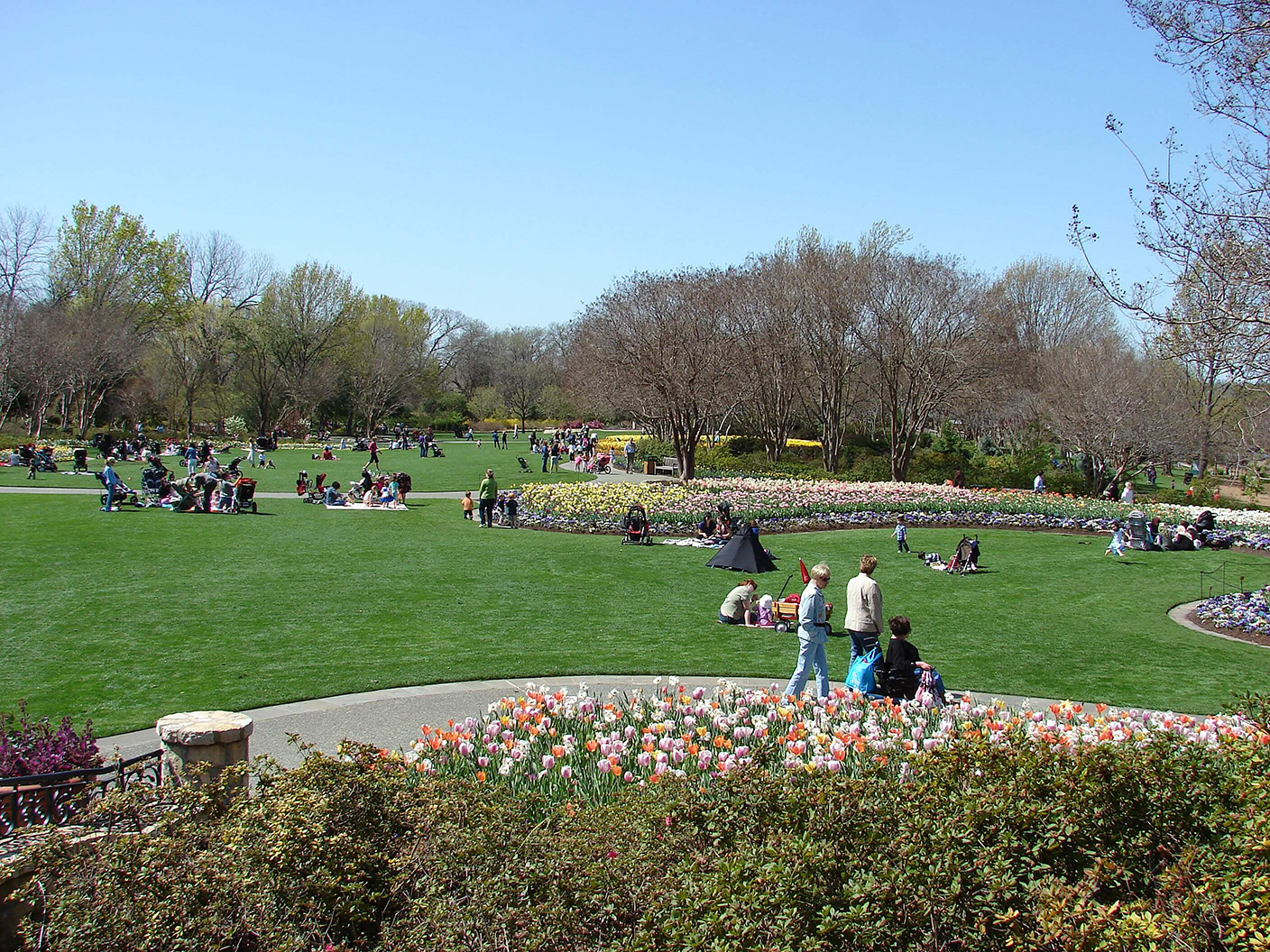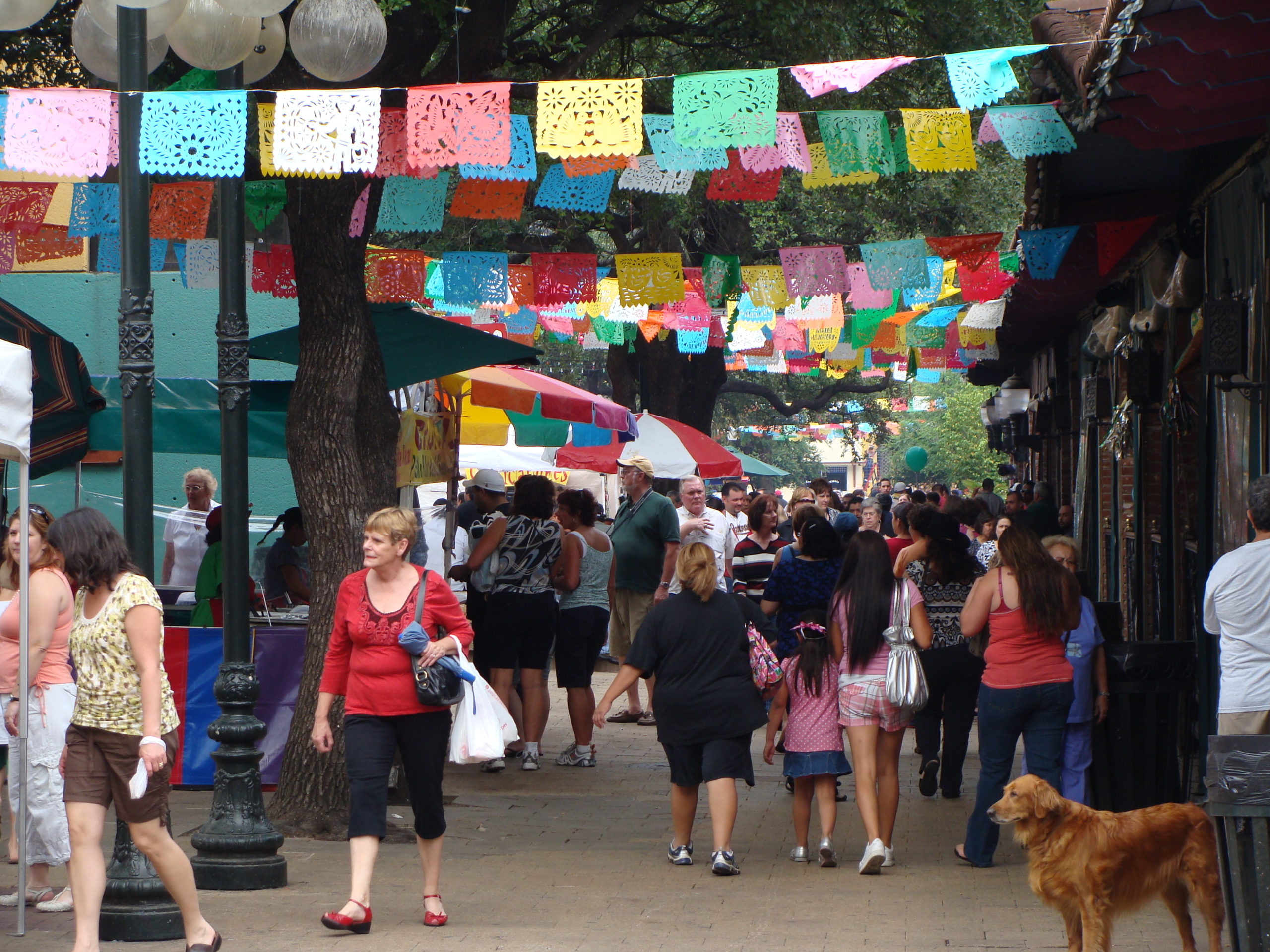HR&A is supporting program design and implementation for Amazon’s Housing Equity Fund, a $2 billion commitment to preserve existing housing and create inclusive housing developments through below-market loans and grants to developers, public agencies, and minority-led organizations. HR&A led negotiation and underwriting efforts for over 9,000 new affordable homes in the Washington DC area and will continue to support Amazon with their additional commitment of $1.4 billion.
HR&A Advisors has been working with Amazon since 2020 to help develop and implement the Amazon Housing Equity Fund, which was founded to help increase affordable housing opportunities in locations where Amazon has a significant presence. In cities like Washington D.C., Nashville, Austin, and Seattle, among others, we have helped Amazon address affordable housing shortages via subsidized loans, grants, and partnerships with local governments and nonprofits. Since helping design and then launch the program in January 2021, we have supported Amazon’s efforts to preserve 21,000+ homes and have underwritten and closed over $1B in housing transactions for the public sector and impact investors. A key tenant of the AHEF is also to provide access to capital for minority-led developers, resulting in 62% of these transactions supporting BIPOC-led developers.
To develop a large-scale portfolio investment strategy for housing affordability, HR&A created an affordable housing finance summary of potential investment strategies, conducted a landscape analysis of peer investments in housing, worked with Amazon to refine investment goals and priorities, and developed a clear and concise financial framework to evaluate potential investment options. HR&A conducted an initial market scan in target geographies, assessed the housing need in those geographies to evaluate programmatic components, and conducted high-level financial analysis to test investment portfolio scenarios.
After the first phase leveraging Amazon’s initial $2 billion investment to preserve 21,000+ homes and positively impact 46,000+ residents, Amazon committed an additional $1.4 billion for a second phase.
Explore
Check out the Amazon Housing Equity Fund’s website
Learn about Amazon’s second round of $1.4 billion in funding
2024 Amazon Housing Equity Fund Impact Report
Press
Q&A with Senthil Sankaran, Managing Principal, Amazon Housing Equity Fund — UrbanLand Magazine
Amazon Promised to Deliver Affordable Housing. How’s It Doing? — Bloomberg
Op-Ed: A Simple Housing Fix for Wake County — INDYweek

